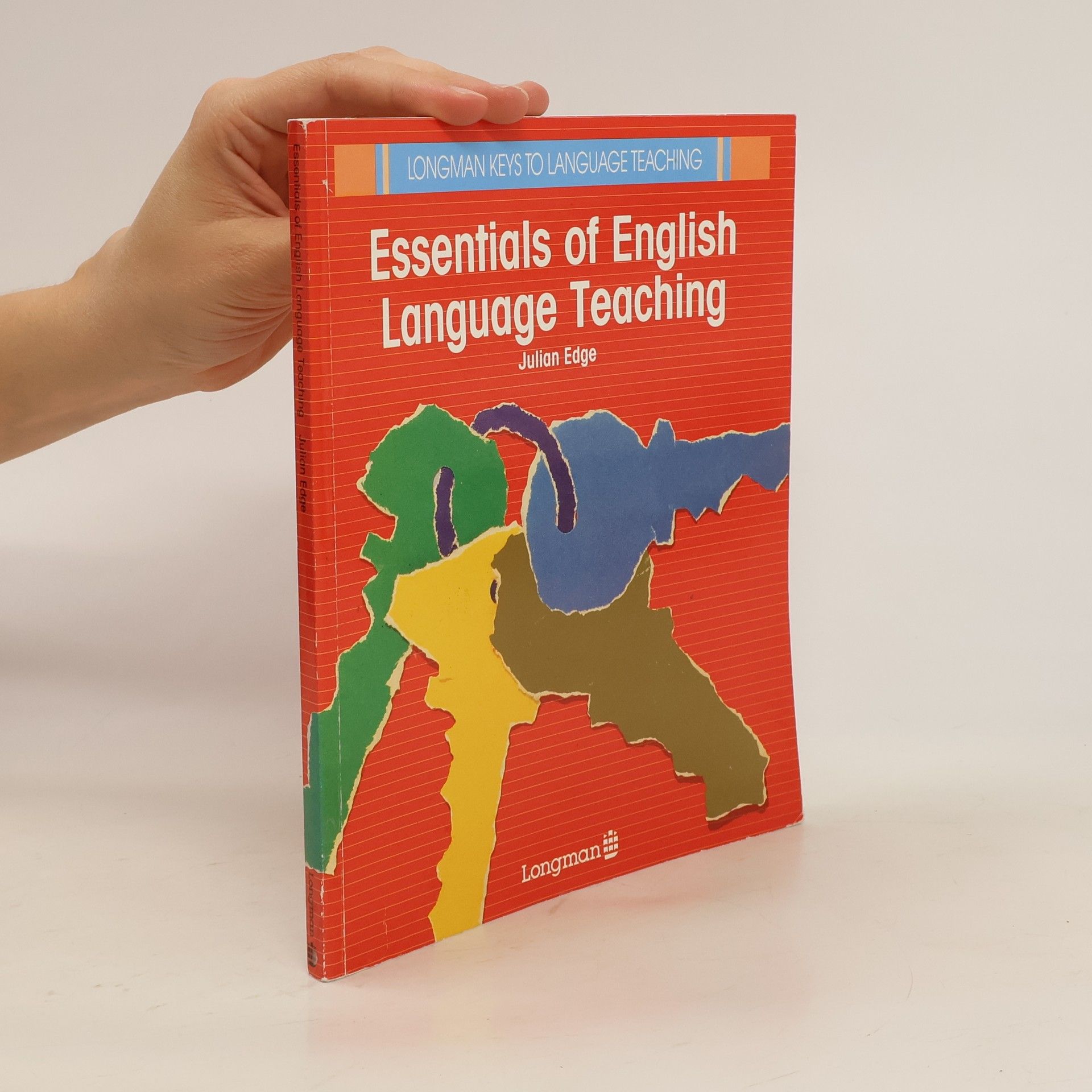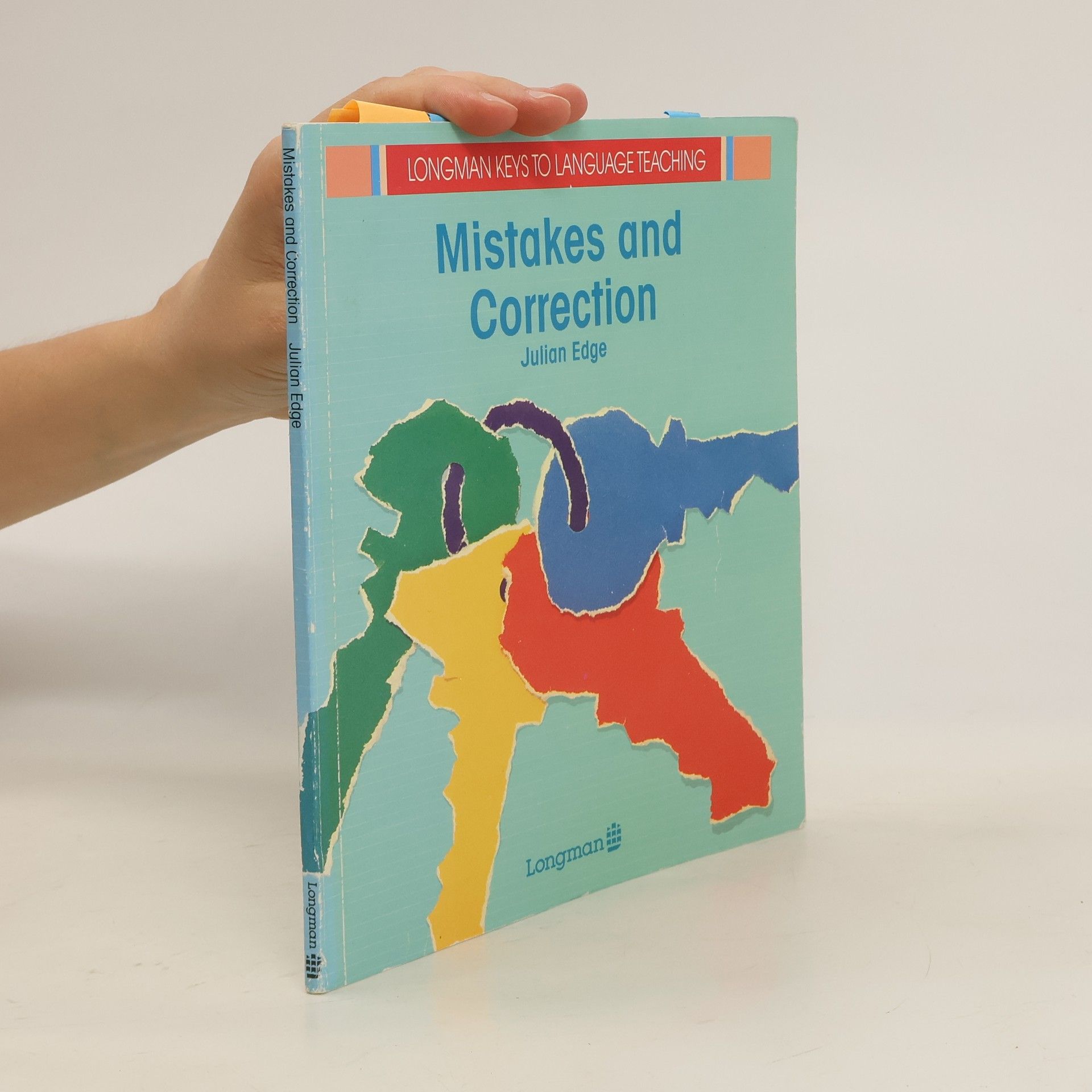This book encourages the teacher to see mistakes as an important part of the learning process. It looks at the different kinds of mistakes that learners make and offers practical advice on when to correct mistakes and when to leave them, and on how best to correct them in both written and oral work. It includes chapters showing the teacher how to adopt a positive attitude towards mistakes and how to use them as a vital tool in encouraging the students' progress in English. The author looks at the need to balance accuracy and fluency and gives practical suggestions on how to correct students' mistakes whilst maintaining their enthusiasm for English and encouraging them to speak freely. The author gives advice on different correction techniques and activities to help teachers try out new techniques in their own classrooms. Examples of exercises and activities from coursebooks are given, together with student responses, and the author shows how these may be corrected with the maximum benefit to the student and the class as a whole.
Julian Edge Bücher
Dieser Autor, der sich seit 1969 mit dem Unterrichten von Englisch für Nicht-Muttersprachler (TESOL) beschäftigt, erforscht das dynamische Zusammenspiel zwischen persönlicher und beruflicher Entwicklung und betont, wie soziale Interaktion individuelles Wachstum fördert. Über rein akademische Prosa hinaus konzentriert sich das Schreiben des Autors nun auf das Teilen von Erfahrungen und das gemeinsame Bestreben, deren Bedeutung zu erfassen. Durch Neuinterpretationen klassischer Mythen und persönlicher Erzählungen bietet die Arbeit eine einzigartige Perspektive auf die TESOL-Lehrerausbildung und veranschaulicht, wie das Feld das Berufsleben des Autors geprägt hat und umgekehrt.


This series for teachers and teacher trainers gives sound, straightforward advice on good teaching methods, and practical suggestions for lessons and activities.Examples of teaching methods and materials show how they guide teachers in the decisions they must make for their own classrooms.